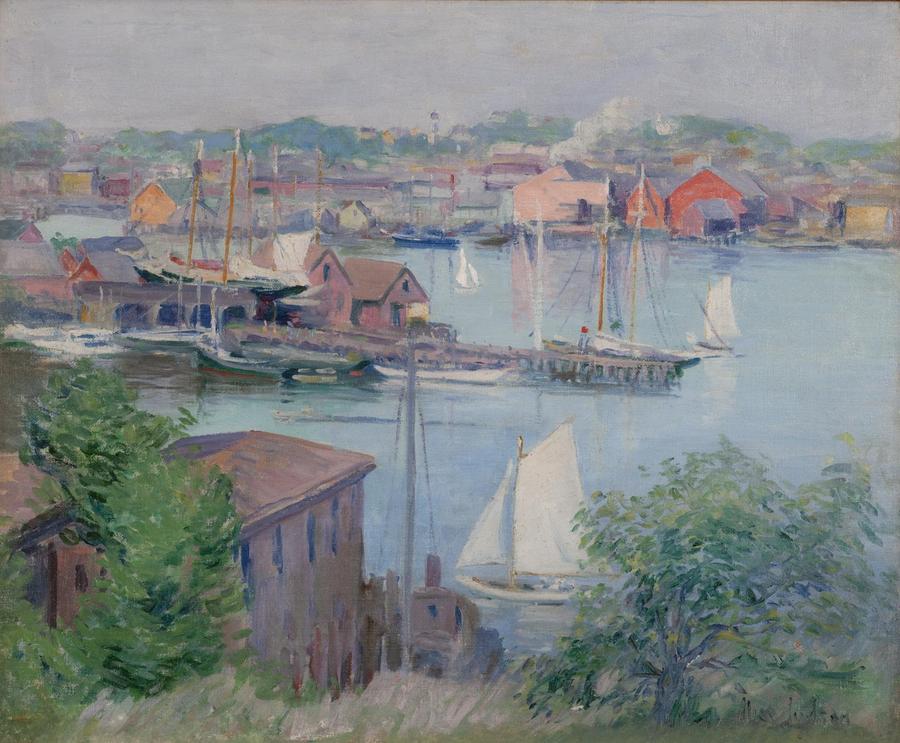
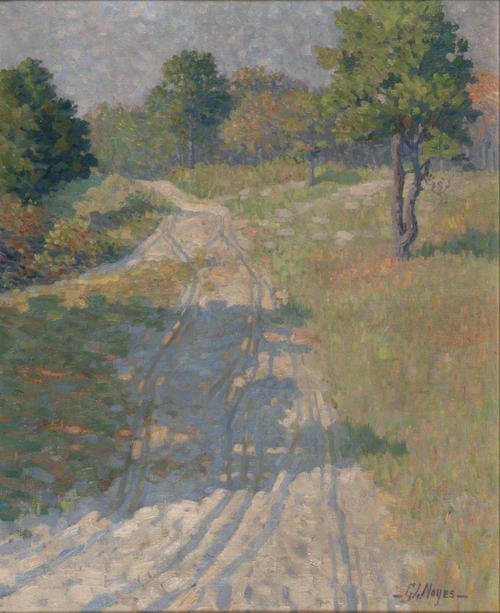
As the days grow longer and the weather warmer, the Palmer Museum of Art at Penn State will open Summer Light: American Impressionist Paintings from the Thomas Clark Collection. On view through August 29, this special exhibition features twenty-four paintings from the major forthcoming gift of collector Thomas Clark, whose private holdings contain some of the finest in the American impressionist genre.
“We are thrilled to present a selection of works from the expansive collection of Tom Clark to audiences this summer,” said Palmer Museum Director Erin M. Coe. “Impressionism is an enduring style that has spanned generations and geographic locales. It is a fitting tribute to our shared resilience as we emerge from the pandemic and bask in the light of these
luminous landscape paintings after months of indoor isolation and limited travel. It is also a tribute to Tom, who has generously committed his collection to Penn State,” Coe added.
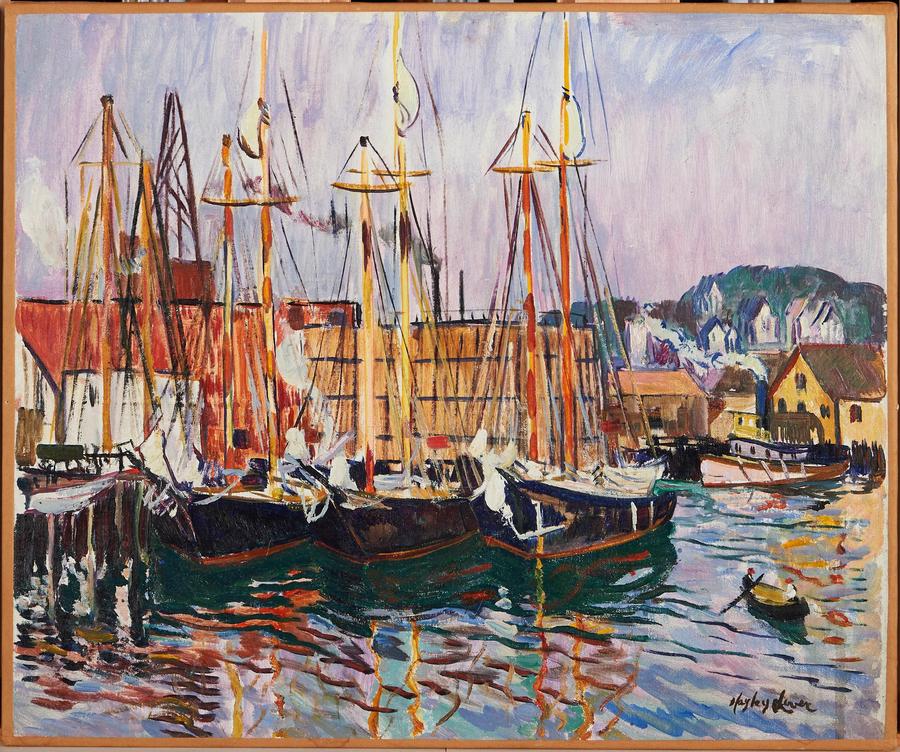
Impressionist painting, in its various forms, flourished in the United States well past its initial reception by American artists in the 1880s. The once-radical French movement, characterized in part by efforts to capture the changing conditions of natural light through loose brushwork, bright colors, and painting out of doors, gradually transitioned into a popular style on this side of the Atlantic. Featuring more than twenty-five works, Summer Light explores the durability and dissemination of Impressionism in America between about 1910 and 1940.
The summer season’s associations with vitality and leisure appealed to a broad range of artists who painted sun-streaked canvases in the open air. From Maine to Florida, from Texas to California, their bright palettes and broken brushwork rendered all facets of the American landscape and enjoyed popular acclaim. Whether depicting the bustle of harbors and beaches or the radiance of mountains and coastlines, American artists adapted French techniques to their own sensibilities and tastes. Many of the artists sustained vibrant careers and enjoyed praise in their lifetimes, though some are less widely known today. Significantly, ten women artists are featured in the exhibition, among them Anna Althea Hills, Margaret Jordan Patterson, and Jane Peterson.
A number of summer schools and art colonies flourished and were important centers for the spread of American Impressionism. Cape Ann, Massachusetts, was home to the oldest art colony in the country and attracted several artists featured in the exhibition, including Louise Upton Brumback, Alice Judson, Hayley Lever, Carl Peters, and Frederick Carl Smith. Farther afield, artists in California, such as Maurice Braun, Franz Bischoff, Anna Althea Hills, and Selden Connor Gile, likewise focused on the warmth and freedom associated with the summer season.
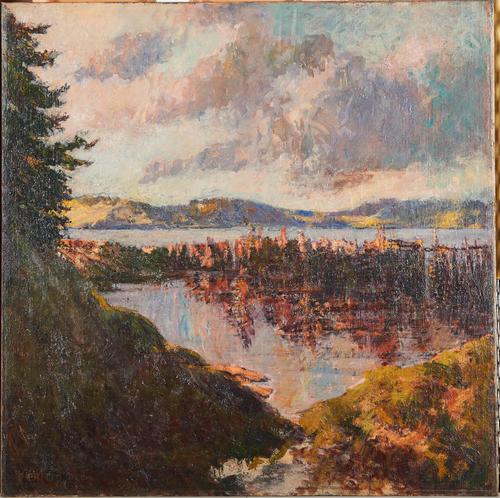
“The works of the artists characterized as American Impressionists have been an act of both collecting and study for many years,” stated Tom Clark. “The seemingly endless ability of these artists to capture ‘the moment’ and convey that ‘impression’ to the viewer is a source of continuing appreciation. This exhibition, as does the collection, highlights the significant
contribution of women artists—whose path to recognition was definitely not an easy task during this period of American art.”
Organized by the Palmer Museum, this exhibition is the first presentation of works from Mr. Clark’s major forthcoming gift of some 170 paintings.
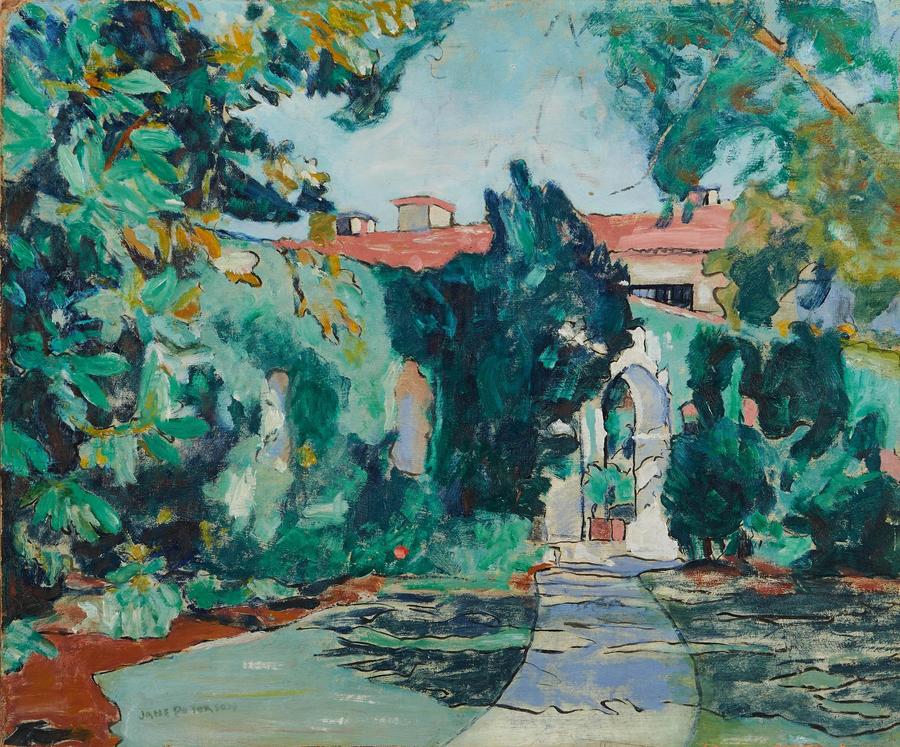
"This first, focused exhibition of paintings from Mr. Clark's vast collection offers a rare glimpse into the circulation of Impressionism throughout many regions of the United States in the first half of the twentieth century,” said Adam Thomas, curator of American art at the Palmer who organized the exhibition with museum director Erin Coe.
The exhibition will be on view at the Palmer Museum of Art beginning May 22 through August 29. Free timed tickets can be reserved through the palmermuseum.psu.edu website.